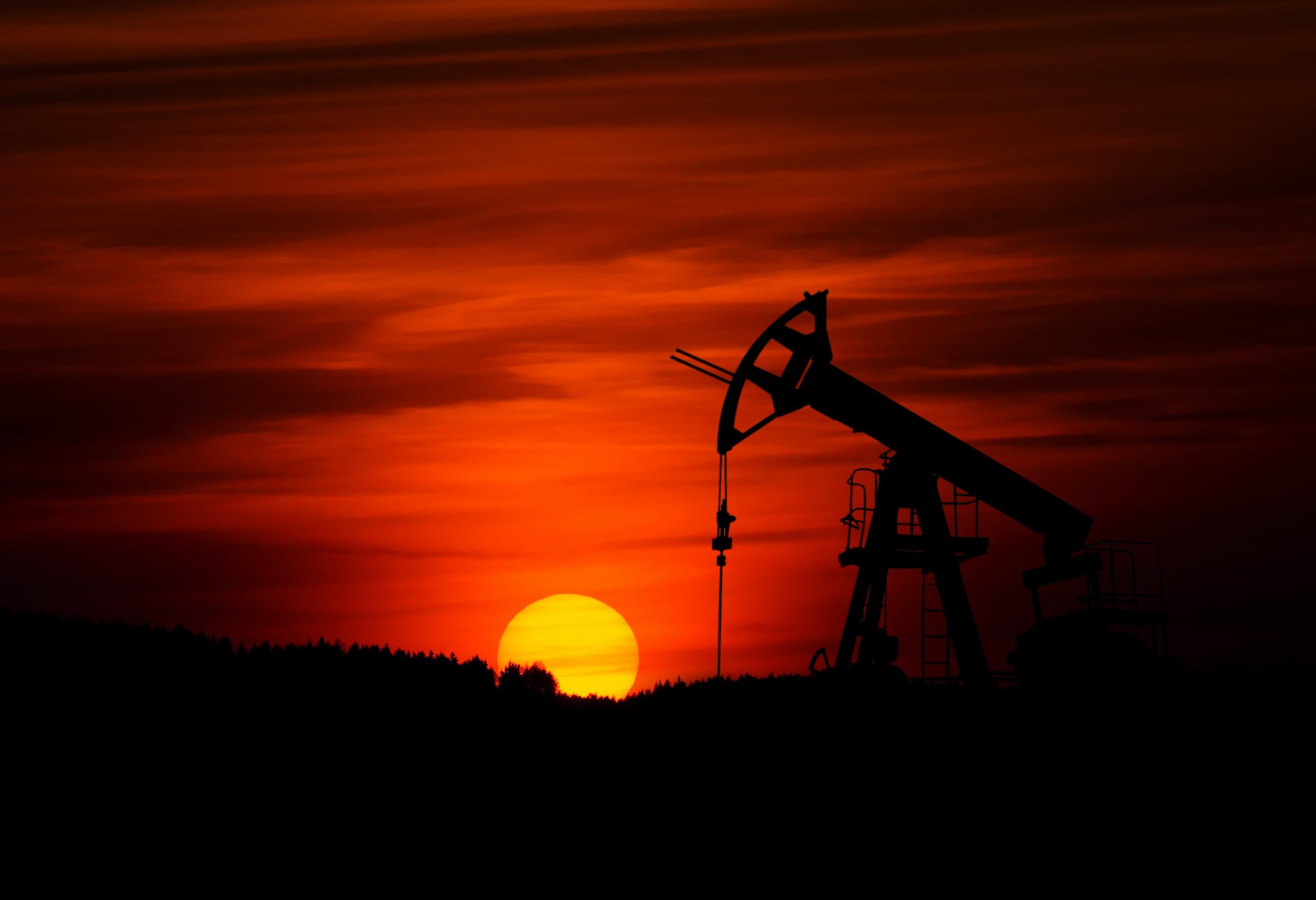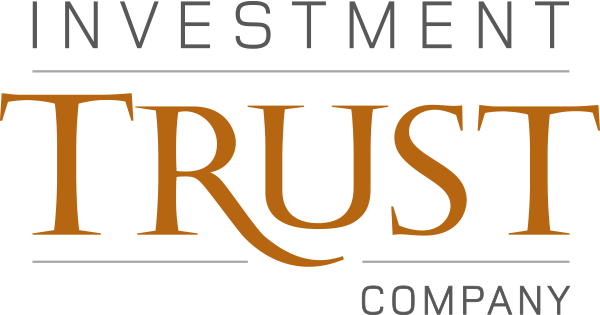
03 Mar Geopolitical Update: Russia-Ukraine Conflict Far From Over

Bottom line: The Russian invasion of Ukraine is ongoing and it looks to us like the conflict is about to get even worse in the days ahead. After being slowed down by logistical challenges in its supply lines, equipment failures and fiercer than expected resistance, the arrival of reinforcements has allowed Russia to ramp up its attacks on cities like Kyiv, Kherson, Mariupol and Kharkiv. More is expected to come in the days ahead. Having failed to achieve a quick and decisive victory in the first week Russia is pushing ahead knowing that support from the West to the Ukrainian army in the form of weapons, ammunition and fuel could further delay its progress in conquering the whole country. It is highly uncertain whether Ukraine will be able to withstand this push. The flutter of hope that peace negotiations would find traction has all but disappeared for now and our hearts go out to the Ukrainian people who are in the line of fire.
Fallout of the war is intensifying
While we are monitoring the situation on the battlefield closely, we are also spending a lot of time on the fallout of the war in terms of its impact on economic growth, inflation, monetary policy, financial markets and broader geopolitical trends. In all those areas we are seeing the fallout is intensifying. A continued rise in energy prices is impacting economic growth and inflation, expectations for monetary policy are being revised rapidly, financial market volatility has increased in virtually every asset class and geopolitical trends have accelerated. Below we will go over these topics:
- Economic Growth: Although the real activity data and the forward looking sentiment indices are still painting a picture of a robust recovery, we believe that the headwind from higher energy prices and the increase in uncertainty is weighing on the outlook for economic growth. And as energy prices are currently rising by the day that headwind is gaining strength. It is important to mention, however, that even for the eurozone, where the negative impact is greatest, we still believe the risk of recession is limited because the direct hit from trade exposures and financial exposures is relatively small and energy consumption represented only 2% of GDP before this crisis. That percentage has clearly increased, but we don’t think it has reached the 4% level yet where it historically becomes a recession indicator. Spring is also approaching fast, which will bring down energy consumption rapidly.
-
- Russia: The combined pressure from all the sanctions has hammered the Russian economy into a deep recession and the economic pressures on the country are intensifying. The Russian central bank, unable to access its foreign currency reserves to prop up the ruble, was forced to increase its main interest rate from 9.5% to 20% instead. Capital controls have also been instituted and companies with large holdings of foreign currency have been forced to convert them to rubles. Nonetheless, the ruble is in freefall and now trades at 112 RUB/USD, down from 75 RUB/USD two weeks ago. The Russian public, confronted with a major depreciation of their currency, and commensurate price hikes, are scrambling to withdraw their money and convert it to hard currency or even assets such as iPhones. This probably constitutes a bank run by now, or something close to it. The targeted SWIFT ban in the meantime makes it very hard for several financial institutions to conduct cross-border trade.
-
- Inflation: With oil trading above $100 a barrel and natural gas prices in Europe firmly above €100 MWh it is clear that energy prices are putting upward pressure on inflation expectations. The 2y CPI Swap in the Eurozone has risen to 3.4% (4% in the USA) as energy prices in the future market are expected to stay elevated for at least another year.
Monetary Policy: Despite the rise in inflation expectations, there has been an intensification in financial markets lowering their expectations for interest rate hikes by either the ECB, BoE or Fed. For the latter, the expectation for 2022 has moved from 6.5 rate hikes to less than 5 and the expectation of a 0.5% rate hike in March has been priced out. That means that financial markets agree with us that central banks will err on the side of caution and will institute a policy of maximum transparency. They cannot afford to add to financial market volatility out of fear of triggering financial market instability. They will also be cognizant of the fact that the sell-off in risk assets has already done some of the tightening of financial conditions for them. That doesn’t mean interest rates won’t move higher, the inflationary backdrop all but demands rates will be increased, but the communication around the hikes will be cautious and expectations will be managed very carefully.
Financial Markets: Another area of intensification is in financial market volatility across virtually all asset classes. Equity market volatility in the USA and Europe is back above 30, and the MOVE index measuring bond market volatility is back above 100. The worries surrounding the outlook of the war and the nuclear threats made by Putin, the economic repercussions, the inflationary impact, supply chain issues and commodity availability are all weighing on market sentiment.
Geopolitical Trends: The pace of the agreement on, announcement of and implementation of new sanctions on Russia is incredibly high. And the broad based condemnation of Russia is impacting behavior in ways that we hadn’t foreseen. From Mastercard blocking multiple financial institutions in Russia from its payments system, to the widespread cancellation of sporting events in Russia (and the exclusion of Russian athletes in events across the world), to the divestment of major assets by companies like BP and Shell, to countries like Switzerland and Monaco joining in the sanctions regime, it all points to the isolation of Russia and the massive economic and political fallout of this invasion. And there are few signs this trend is slowing down. Not only are the assets of companies and oligarchs being frozen, there is now open talk of seizing the assets altogether.
Conclusion
The conflict in Ukraine is intensifying and there is a high likelihood that the fighting is about to get much worse in the days ahead. Whether or not Russia will be able to overcome the fierce Ukrainian resistance is an open question. What isn’t an open question is that the economic, inflation, financial market and geopolitical fallout is intensifying. That means less growth, more inflation, more financial market volatility and more isolation for Russia. In the very short term (weeks, not months) we don’t think Putin will be deterred, but perhaps another battlefield setback combined with domestic economic pressures will bring him to the negotiation table. We will weigh these latest events and the events of the days ahead in our next scheduled TAA meeting on March 8.




No Comments